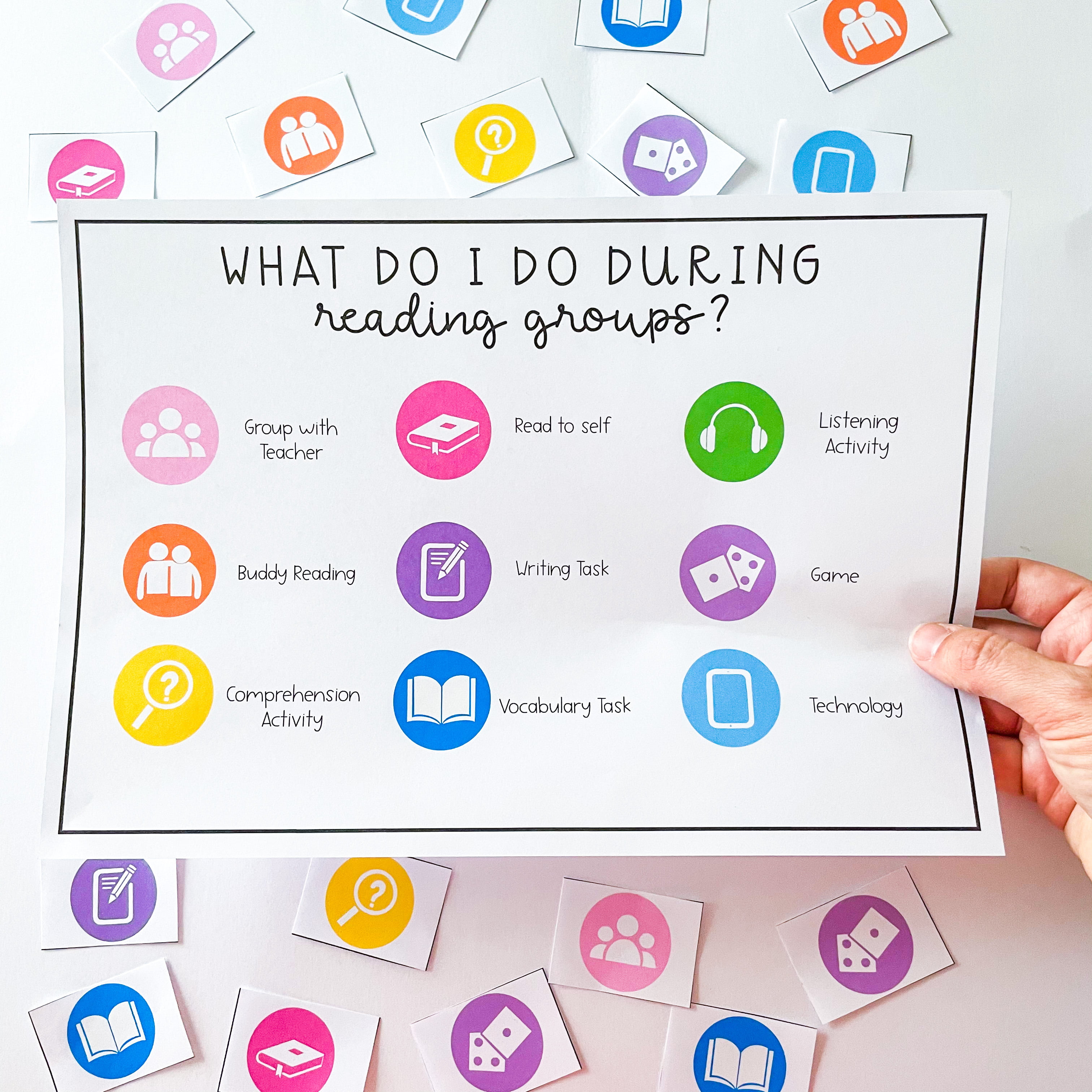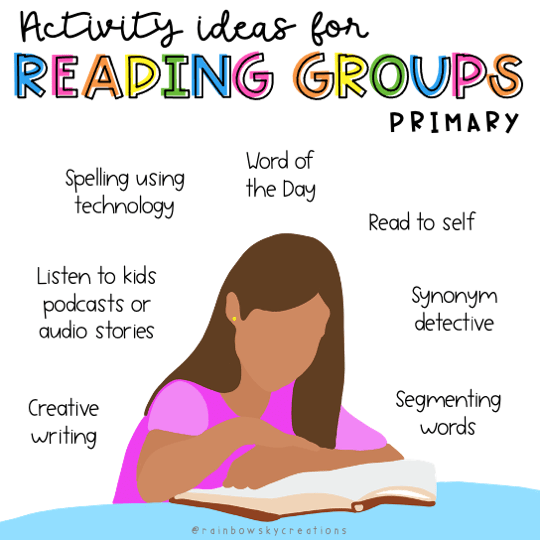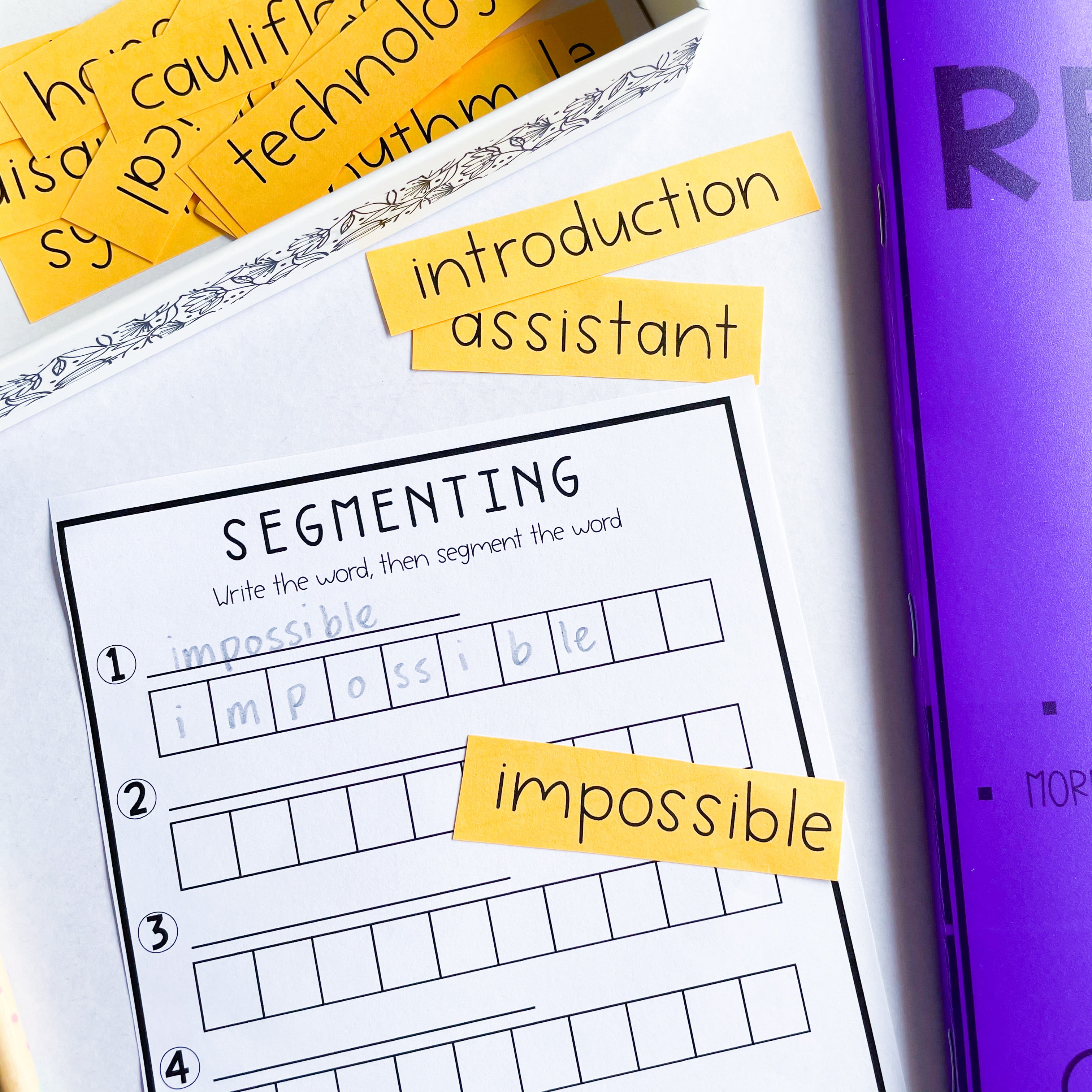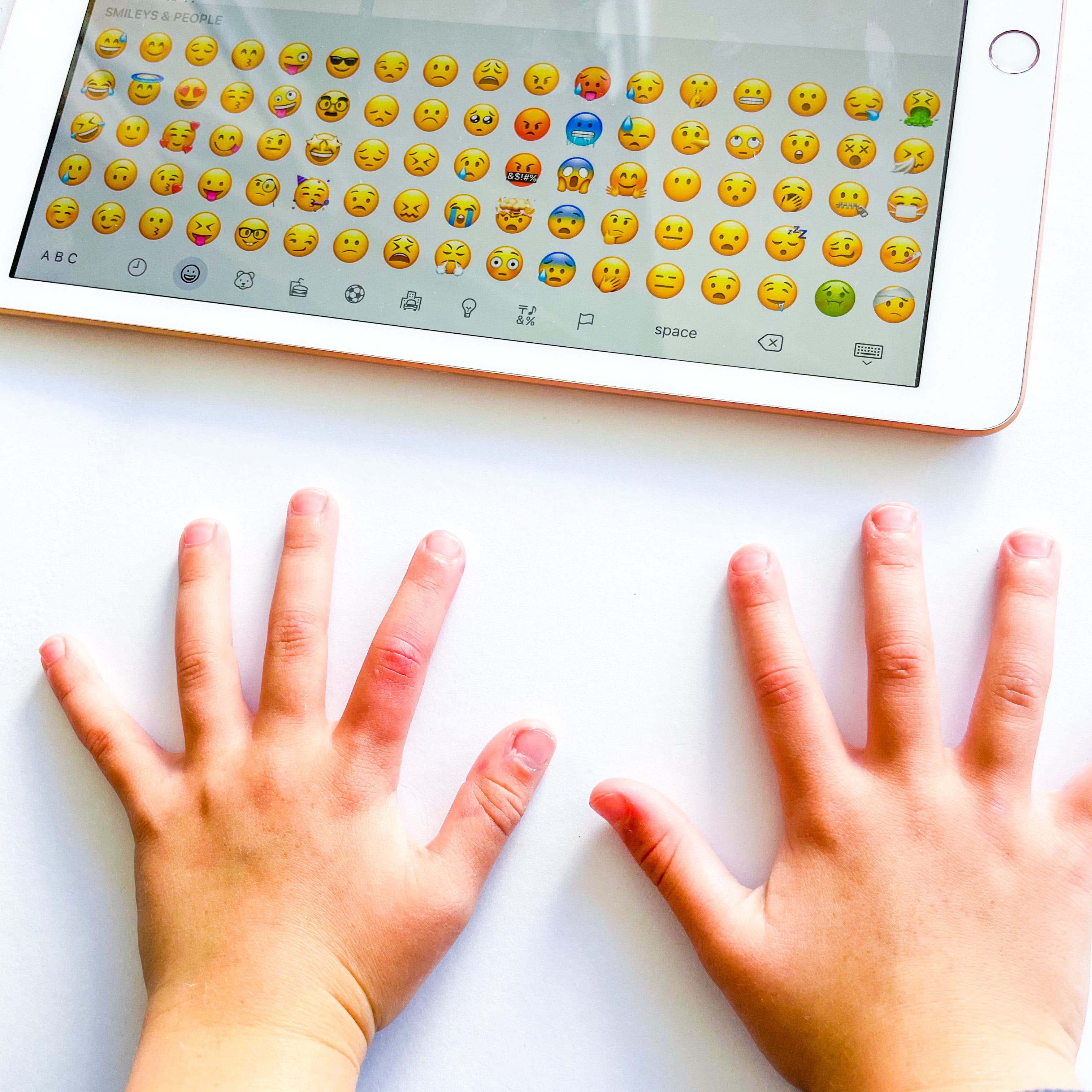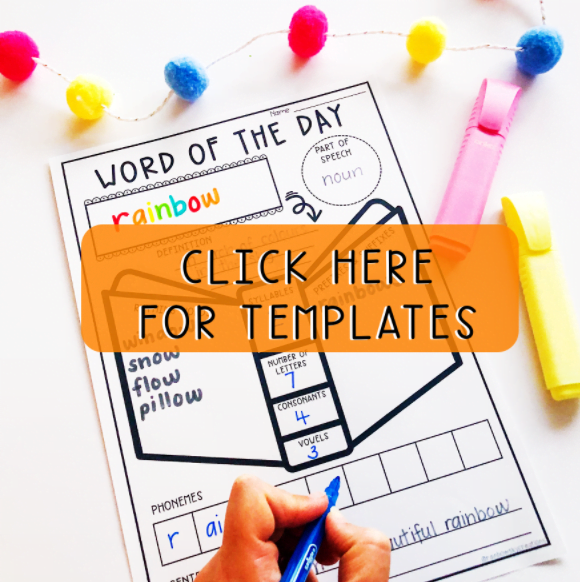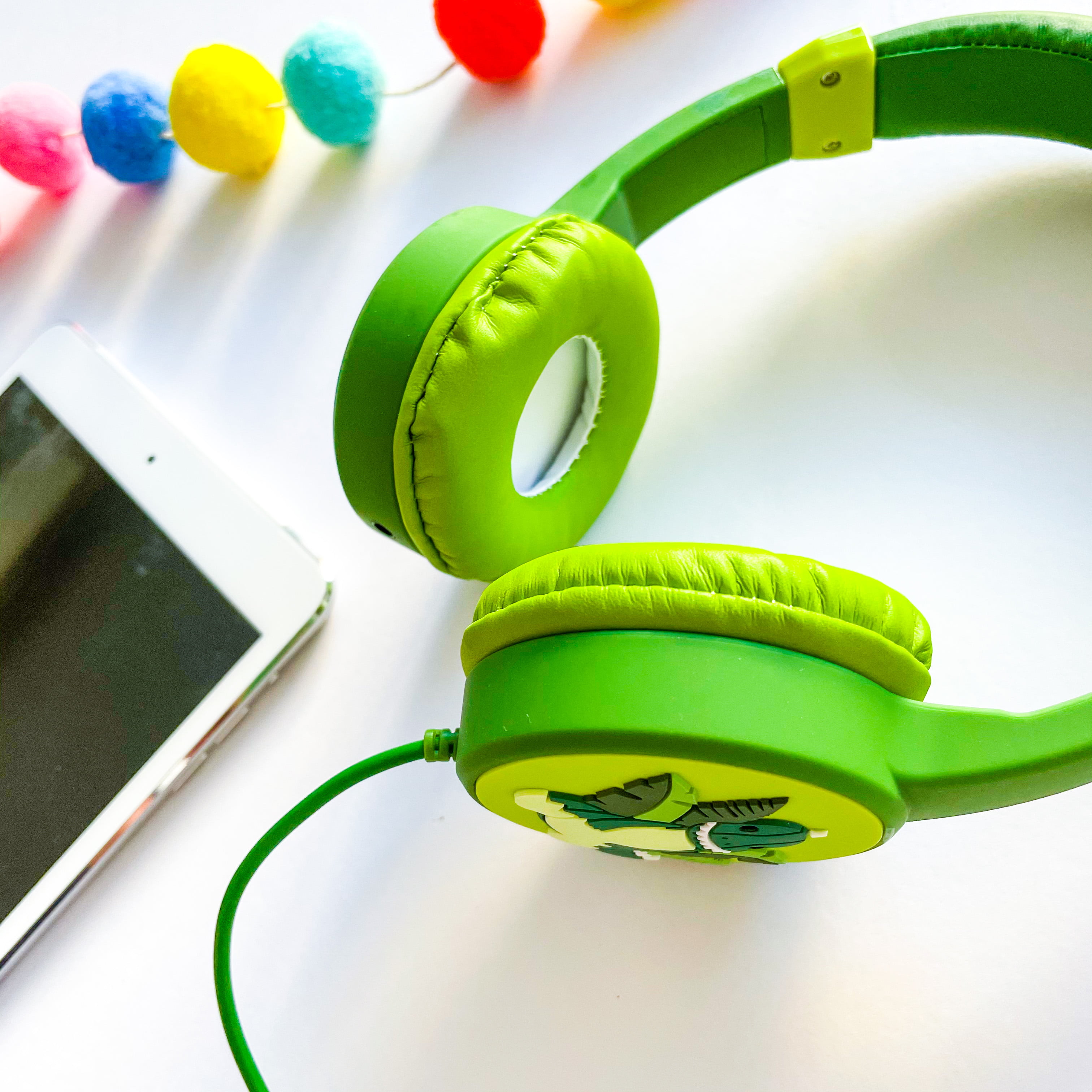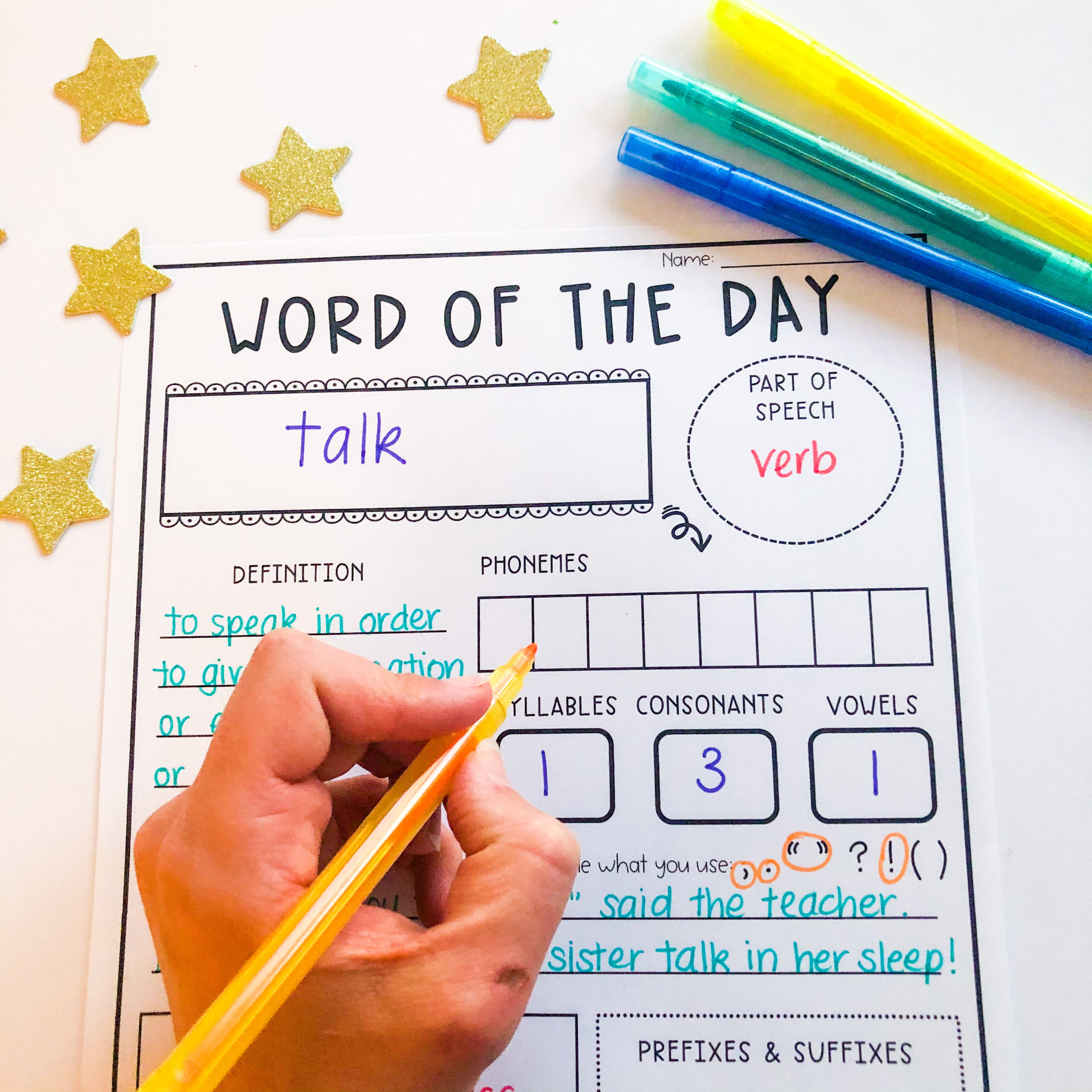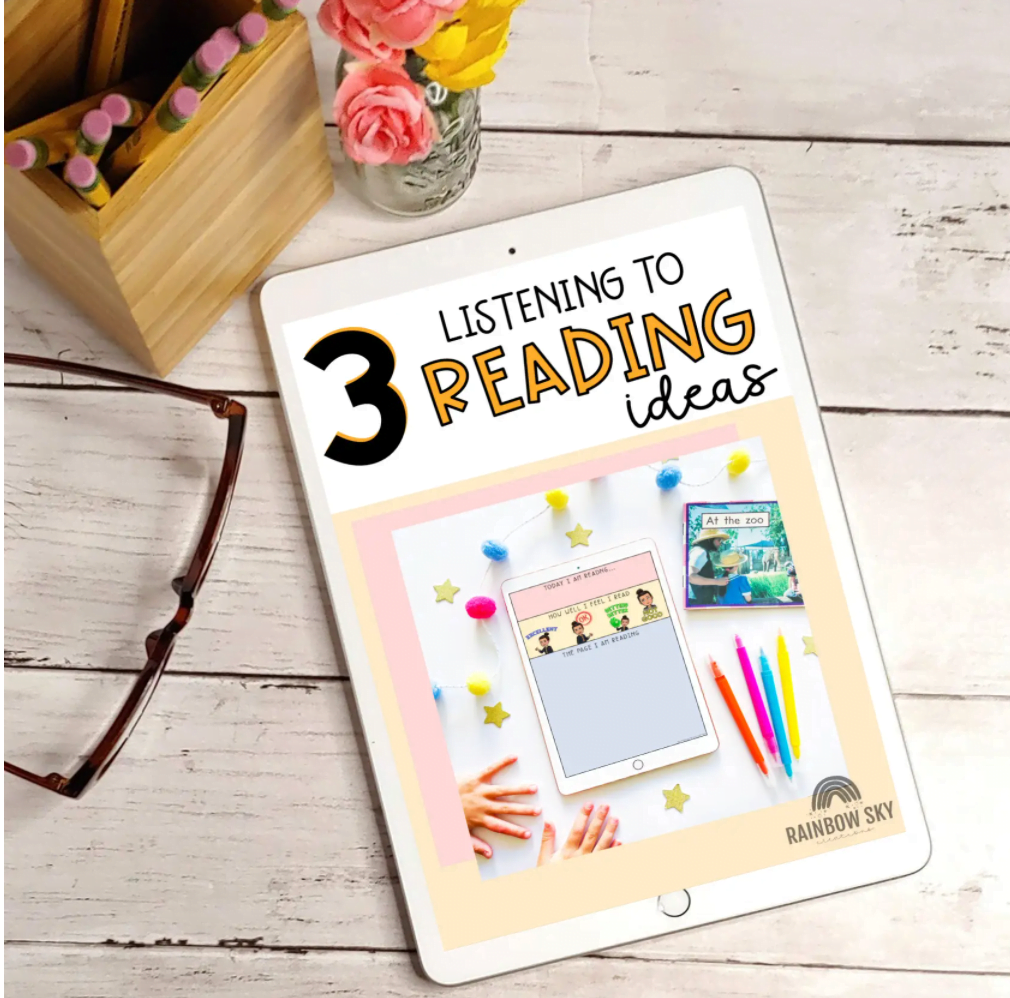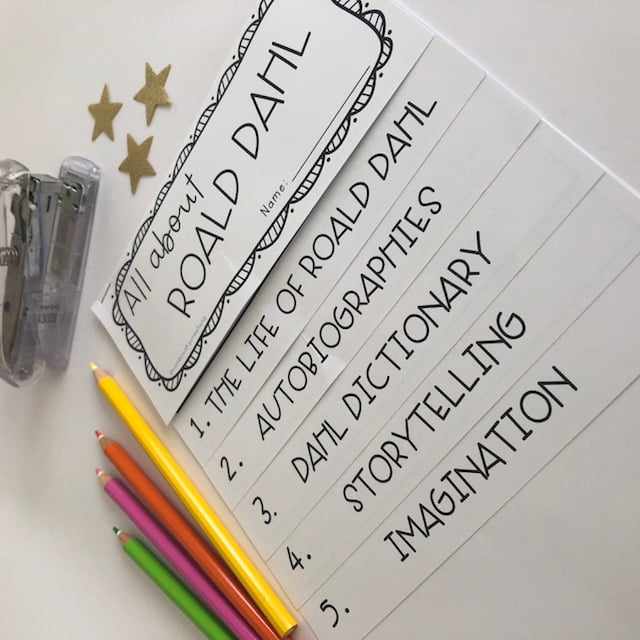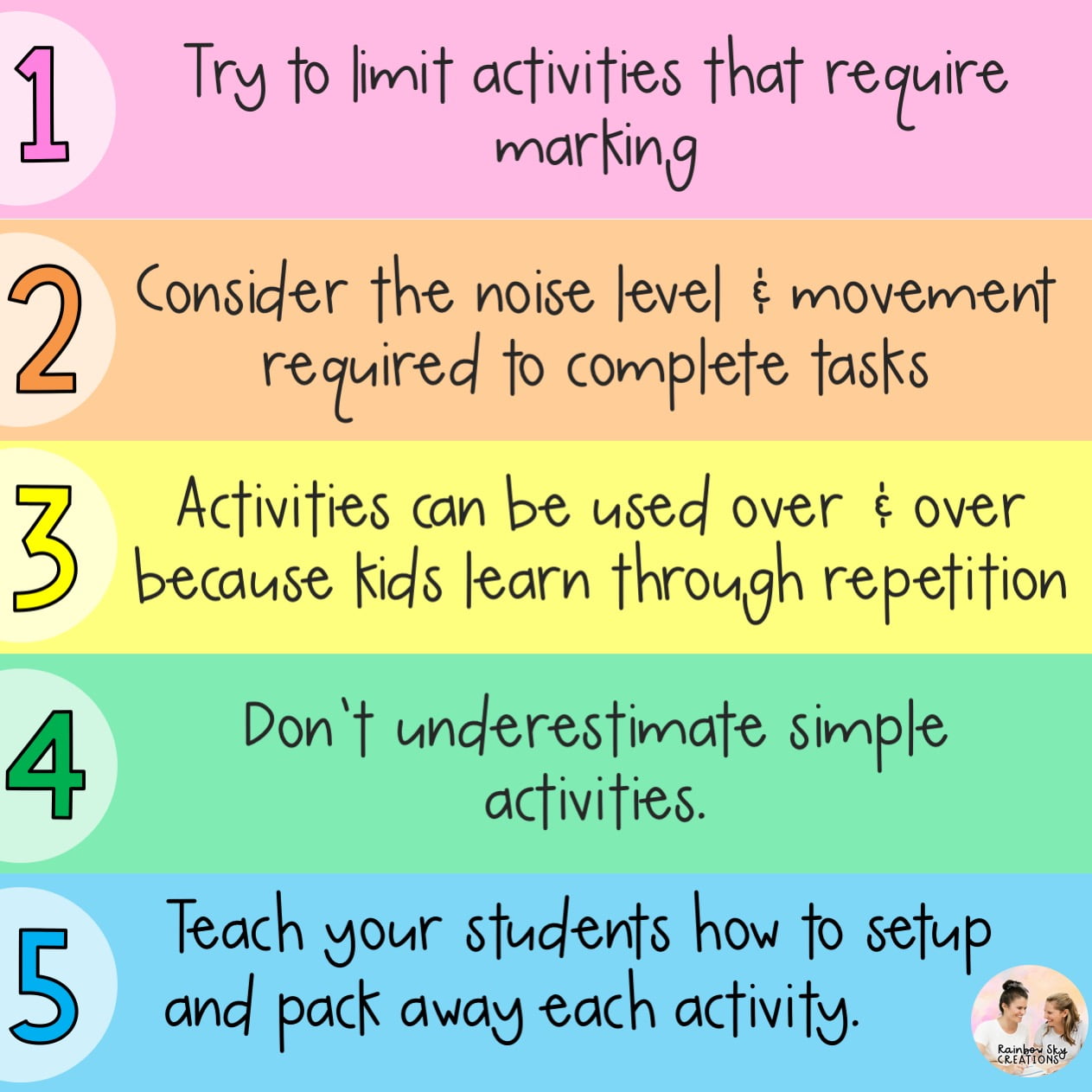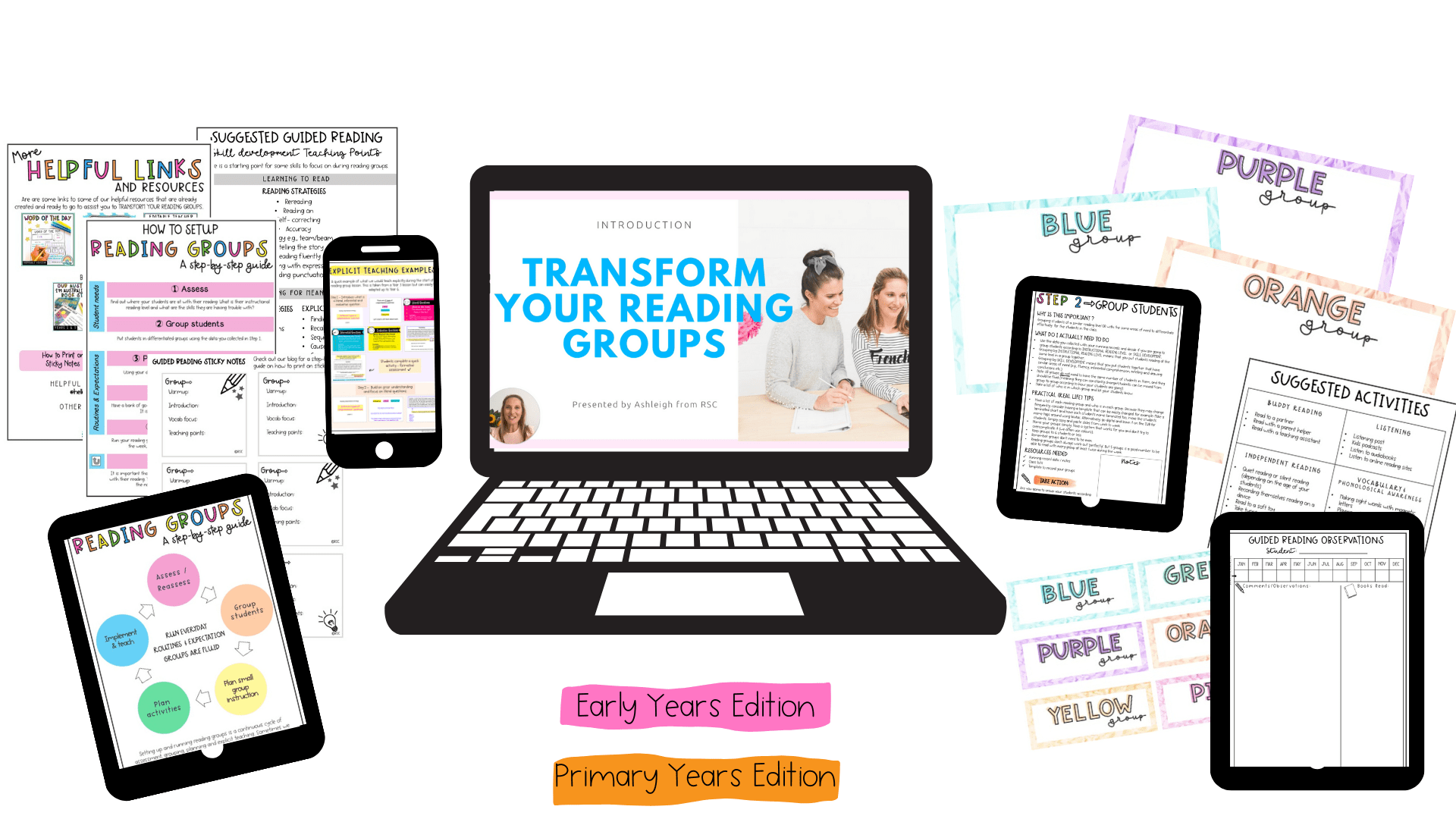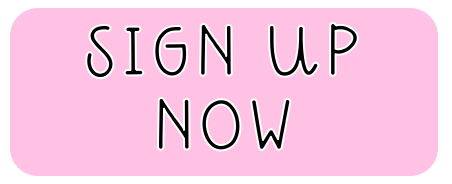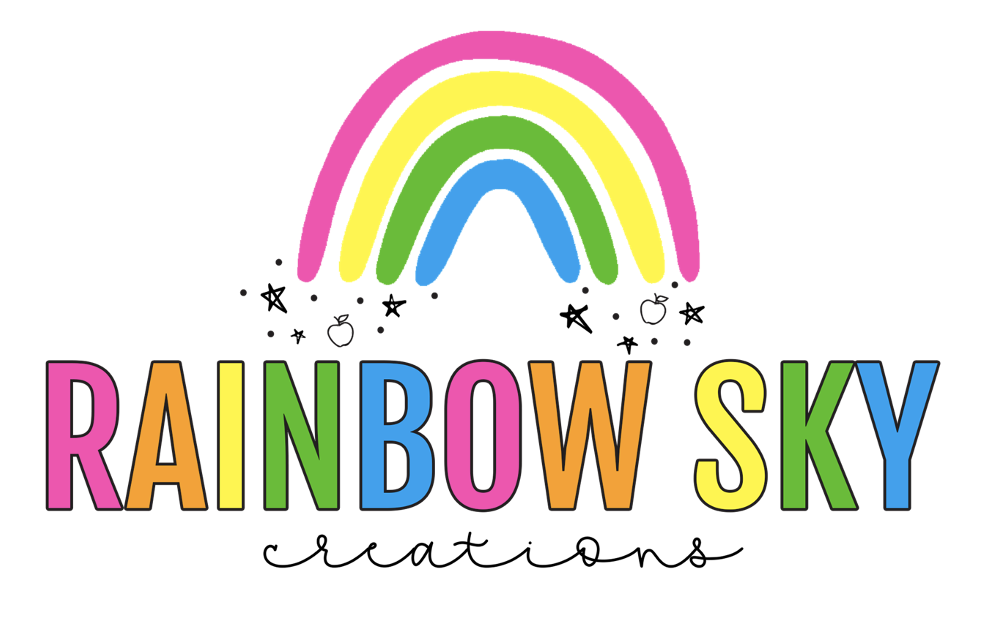After publishing our widely popular blog post, ‘Planning Reading Group Activities in Real Life’, which was all about early years reading group activities, we received an influx of primary teachers asking, ‘What about us? We want activity ideas and inspiration too.’
Hence we decided to put this post together. If you are teaching Kindergarten-Grade 2, check out our original post written in collaboration with @misslearningbee.
The reality is you only need a few key things in order to run highly-effective literacy rotations. They should be evidence-based, have multiple uses, and be simple to prepare. Easier said than done? Read on, we have the answers right here to help you.
Ideas for Years 3 & 4:
-
- Read to self – We want to encourage students to enjoy reading and have opportunities to read a text of choice. Reading to self doesn’t have to be limited to books; students could also read kids magazine articles, comics or special interest blogs.
- Segmenting – This is a great way to build phonemic awareness (which is still needed as students get older). Students can segment words on a weekly spelling list or focus list, use ‘poppets’ to segment, record on mini-whiteboards or even use a device to record a word using both graphemes and phonemes.
- Read to self – We want to encourage students to enjoy reading and have opportunities to read a text of choice. Reading to self doesn’t have to be limited to books; students could also read kids magazine articles, comics or special interest blogs.
-
-
-
- Summarising – This is an important skill to develop as students move from ‘Learning to Read’ to ‘Reading to Learn’. It might mean summarising a text you have read in your small group, a text you have been working on as a class or even something of the students choice. It doesn’t always mean they need to write a paragraph, either. One of our favourite summarising activities is ‘Emoji Story Review’ (read about it here).
-
-
-
-
-
-
- Reading instructions – Provide students with procedural instructions that requires them to draw or build something. It could be lego, making origami, directed drawing, or a STEM activity. All these activities require students to apply listening, reading, and viewing skills. Step it up a notch and get students to start creating their own instructions for peers to complete. It could be written instructions on drawing a picture, building a lego creation, and so on.
- Word of the Day – This is ideal for students to work on their vocabulary development and can easily be differentiated because every student can work on different words (increasing or decreasing in difficulty).
- Reading instructions – Provide students with procedural instructions that requires them to draw or build something. It could be lego, making origami, directed drawing, or a STEM activity. All these activities require students to apply listening, reading, and viewing skills. Step it up a notch and get students to start creating their own instructions for peers to complete. It could be written instructions on drawing a picture, building a lego creation, and so on.
-
-
-
-
-
-
-
-
-
- Listening Post – Including listening activities can be hard; however, these days, it is so easy to access great content for students online. Kids podcasts, audio stories or even some author’s websites contain things your students can listen to. Grab our free list of listening ideas here.
-
-
-
-
-
Ideas for Years 5 & 6:
-
-
-
-
-
-
-
- Read to self or others – Again, we want to encourage students to enjoy reading and have opportunities to read a text of choice. Activities could include: Reading to a partner, quiet reading alone, reading a special interest blog or podcast show notes, recording themselves read on a device or readers theatre.
- Asking Questions – As readers, we want students to be critical thinkers. Provide students with a set of sticky notes, and whilst they are reading a non-fiction text, ask them to record any questions that pop into their minds while reading the passage. Students then could use the opportunity to apply their researching skills to find the answer.
- Read to self or others – Again, we want to encourage students to enjoy reading and have opportunities to read a text of choice. Activities could include: Reading to a partner, quiet reading alone, reading a special interest blog or podcast show notes, recording themselves read on a device or readers theatre.
-
-
-
-
-
-
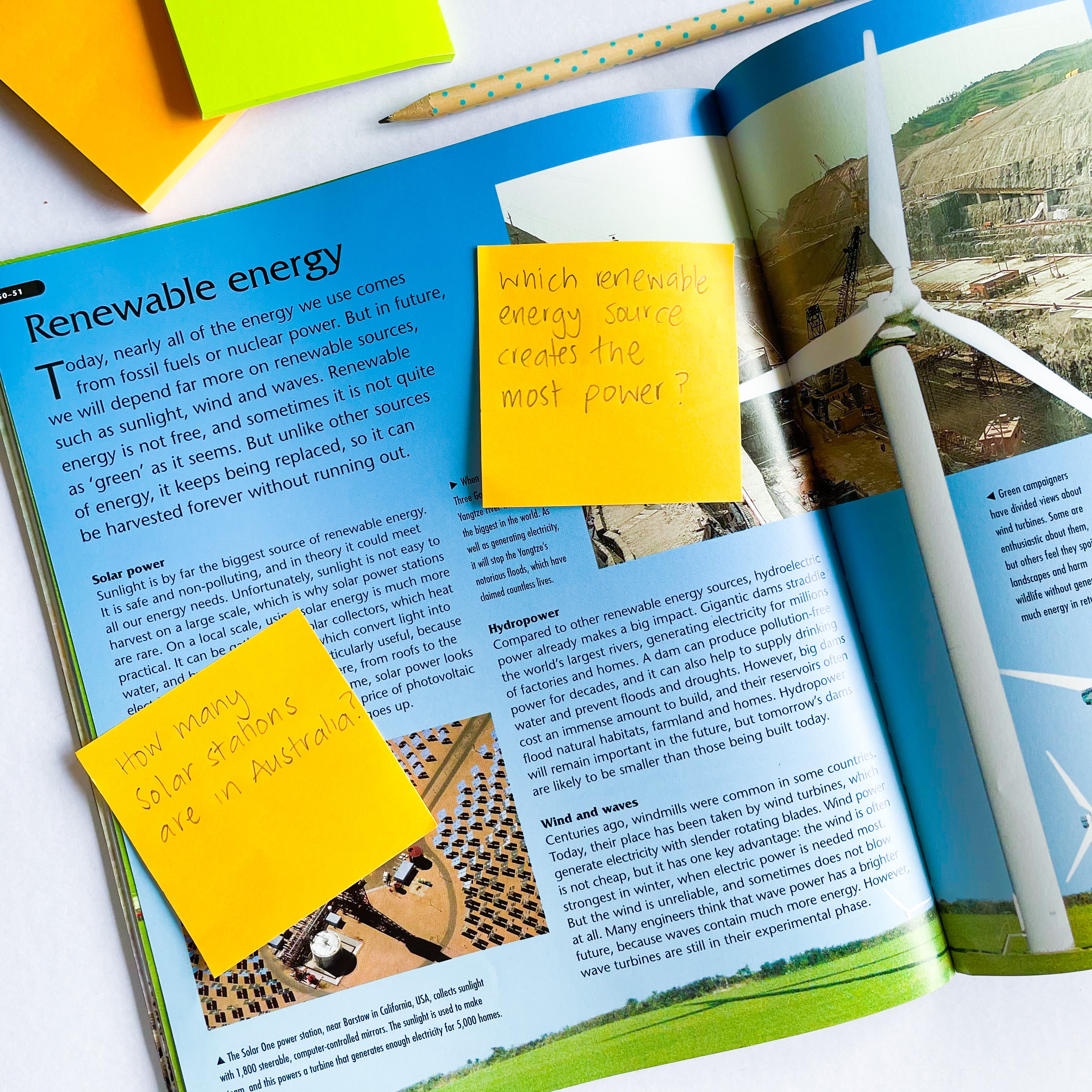
-
-
-
-
-
-
-
-
-
- Summarising – This is an important life skill, so it is worthwhile linking summarising to real life during literacy groups. Ask students to summarise a text (visual, written, or auditory) for a purpose. This might be a Behind the News episode to teach their peers about a particular topic or an informative text to help with a research project. If you are stuck, the school newsletter is another good opportunity because it helps older students be aware and prepared for school events.
- Vocabulary development / Word of the Day – This is ideal for students to work on their vocabulary development and easily link in with your spelling program. Vocabulary development might also include synonym or antonym activities.
- Summarising – This is an important life skill, so it is worthwhile linking summarising to real life during literacy groups. Ask students to summarise a text (visual, written, or auditory) for a purpose. This might be a Behind the News episode to teach their peers about a particular topic or an informative text to help with a research project. If you are stuck, the school newsletter is another good opportunity because it helps older students be aware and prepared for school events.
-
-
-
-
-
-
-
-
-
-
-
-
-
-
-
-
-
-
-
- Listening Post – Kids podcasts, audio stories or even some author’s websites contain things your students can listen to. You could even get your students to create and record their own podcast episodes, and then they could consume their classmates’ work. Grab our free list of listening ideas here.
-
-
-
-
-
-
-
-
-
-
Integrating research tasks – Literacy groups don’t have to be limited purely to exclusive literacy activities. Integrate with other Key Learning Areas. Research skills involve reading, evaluating and summarising, all important skills to apply in the real world of reading. For an easy research option, we love flipbooks.
One final idea for students in Grades 3-6 is to integrate technology into your rotations. Click here to read our article: 5 Technology-based Activities Perfect for Reading Groups.
Before we wrap this up, we wanted to share our golden rules of thumb when planning any literacy group activities:
“Make your reading groups sustainable. Don’t make new activities every week for each rotation. New activities mean more of your time teaching the activity and more of their time learning the activity. Focus on activities that allow for simple roll overs and routine so the students can have routine and be successful. Otherwise, you waste time making and spend more time teaching” James (Year 3 teacher)

Before you leave us…
What if you could have your reading groups running smoothly and effortlessly?
Imagine…
-
-
-
-
-
-
-
-
-
-
-
-
- Running a reading group program that is uncomplicated, easy to implement, and stress-free.
- Having all your students settling quickly and calmly into reading group routines.
- Reading groups becoming a favourite part of the day for you and your students.
- Incorporating simple systems where students learn independently, allowing you to focus on the readers in your guided group.
- Other teachers walking into your classroom during reading groups wanting to know what’s your secret.
-
-
-
-
-
-
-
-
-
-
-
Introducing…
TRANSFORM YOUR READING GROUPS
Transform your Reading Groups is our 5-step process for setting up and running reading groups – the uncomplicated way!
What is included:
• Our no-fail step-by-step cycle to transform your reading groups
• Step-by-step instructions
• Suggested activities for reading rotations activities
• Suggested guided reading skill development teaching points
• Guided reading notes and observations template
• Guided reading planning sticky notes and group posters
So, what are you waiting for? Come join us and transform your READING GROUPS!
What to read next?
Common Mistakes teachers make when running reading groups
